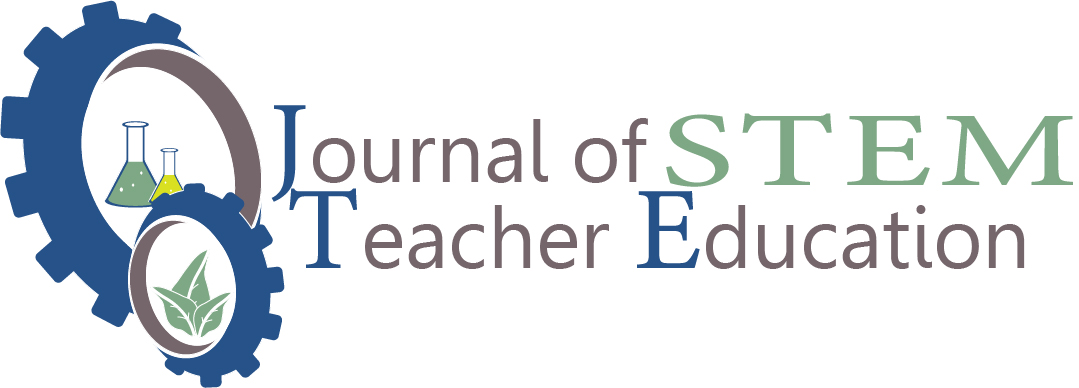
Abstract
Educators and policymakers in the United States advocate the development of specialized STEM (science, technology, engineering, and mathematics) schools, but little is known about the unique features and practices of these schools. Because no meaningful differences have been found attributable to model type (Tofel-Grehl & Callahan, 2014), the current study purposefully sampled 6 specialized STEM schools in the United States that provided different levels of STEM experiences for students related to highly varied goals and missions using a grounded theory approach. Schools were found to fall into two categories, high and low STEM intensity, based on five major traits. Schools categorized as “higher STEM intensity and focus” had students who reported a stronger interest in a future STEM career, offered substantially more high-level STEM classes, and retained a faculty with a higher number of terminal area content degrees compared to schools categorized as “lower STEM intensity.” Although there are significant common themes and programmatic themes and features among different STEM schools, substantial differences exist between the nature and intensity of the STEM experiences of schools. Categorizing STEM schools into higher and lower STEM experience intensity provides a useful mechanism for examining those differences. Students in schools with a higher STEM intensity appear to spend more time on the “doing” of science.
Recommended Citation
Tofel-Grehl, Colby and Callahan, Carolyn
(2016)
"Variations in the Intensity of Specialized Science, Technology, Engineering, and Mathematics (STEM) High Schools,"
Journal of STEM Teacher Education: Vol. 51:
Iss.
1, Article 6.
DOI: http://doi.org/10.30707/JSTE51.1Tofel-Grehl
Available at:
https://ir.library.illinoisstate.edu/jste/vol51/iss1/6

